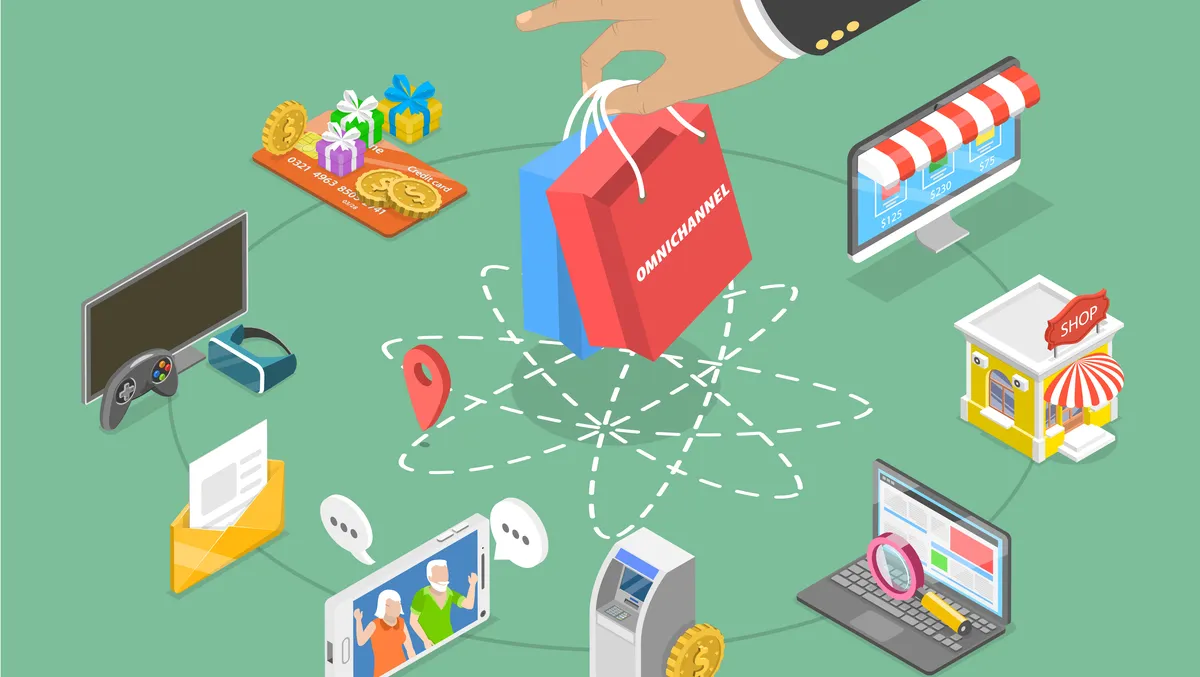Today's contact centre is changing, and the customer is gaining more power than ever. Customers increasingly want access to more pathways to engage with businesses when and how they want. This is forcing organisations to bolster traditional options like email and voice by investing in new channels, including social media, chat, instant messaging, and additional applications to deliver more customer access points and effectively create a digital doorstep for their customers. To keep pace with change and deliver a comprehensive omnichannel offering for customers, contact centre organisations must put channel selection at the centre of their customer experience (CX) strategy.
Every customer is different and has their own preferred channel. Contact centre organisations must position themselves as best as possible to engage with every unique customer in their channel of choice and go beyond traditional channels like voice and email to deliver a comprehensive, omnichannel experience.
As such, the CX strategy needs to reflect this. Channel is an increasingly important part of CX, which means organisations must take steps to ensure they deliver avenues for all customers to engage with them frictionlessly. Therefore, contact centre organisations need to consider how to best support customers and agents with channel solutions that meet every need.
Contact centre customers are increasingly digitally savvy as digital native generations grow up and hold more influence over the delivery of service. Their expectations for how and when they engage with businesses are changing from previous generations, driving the need for contact centre organisations to adopt more flexible solutions and provide more channels for customers to engage with. Additionally, increasing flexibility in the workplace has forced businesses to adapt their service solutions from an agent perspective to ensure seamless service delivery from anywhere. However, this is not the end of the story.
Offering a variety of channel choices is not enough. A customer's channel needs are often dynamic and situational; they can change rapidly. It's important for contact centre leaders to recognise that merely offering a multitude of channels isn't enough; they must also be optimised to deliver the best results for customers. This includes enhancing channels with supporting solutions and technologies to move with the customer for a frictionless experience across channels.
While channel flexibility is essential, customers are ultimately more interested in resolving their challenges. Contact centre organisations must be able to transition the customer to the channel that will deliver the best outcome if needed; however, it needs to be a seamless transition that eliminates the need for a customer to repeat themselves across channels.
To ensure the channel is put at the centre of the CX strategy, NICE has identified three key considerations for contact centre organisations:
- Be purposeful: An effective CX channel strategy must consider all demographics and customer needs. Poor channel choices can impact customer retention, company reputation, and more, especially if they lead to poor results and low resolution.
- Consider all channels: Email and voice still have a role to play in the CX channel strategy. However, these should be effectively augmented with additional channels that offer flexibility for customers to engage with the business on their terms.
- Embrace digital: Data analysis and other powerful digital solutions can help contact centre organisations get to know their customers even better. This can lead to even more seamless experiences for customers and agents alike.
The contact centre of today and, indeed, of tomorrow needs to be more proactive than reactive when it comes to the customer experience. Digital solutions like artificial intelligence (AI), machine learning (ML), and automation can augment the user experience of both customers and agents through chatbots and digital assistants, among other tools. This can deliver greater levels of flexibility and support to contact centre agents.
However, contact centre organisations can take this even further. The so-called digital doorstep can empower contact centre organisations to meet customers even earlier in their journey—such as at digital entry points like an initial internet search—and engage with new and existing customers in the channel of their choice. This lets businesses interact with customers more proactively, delivering content that guides them to what they're looking for instead of waiting for them to take the first step.


